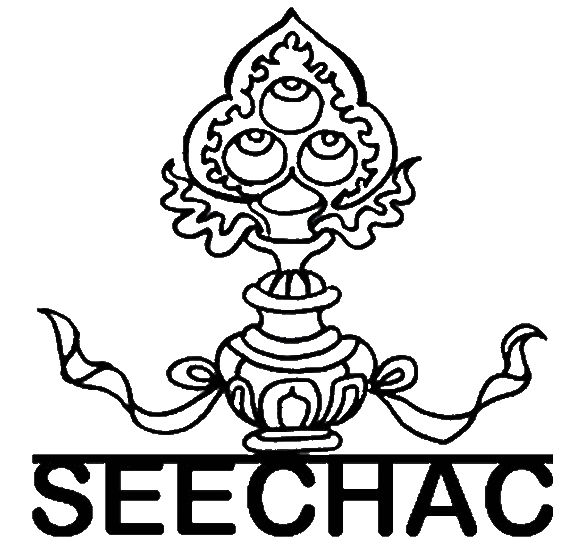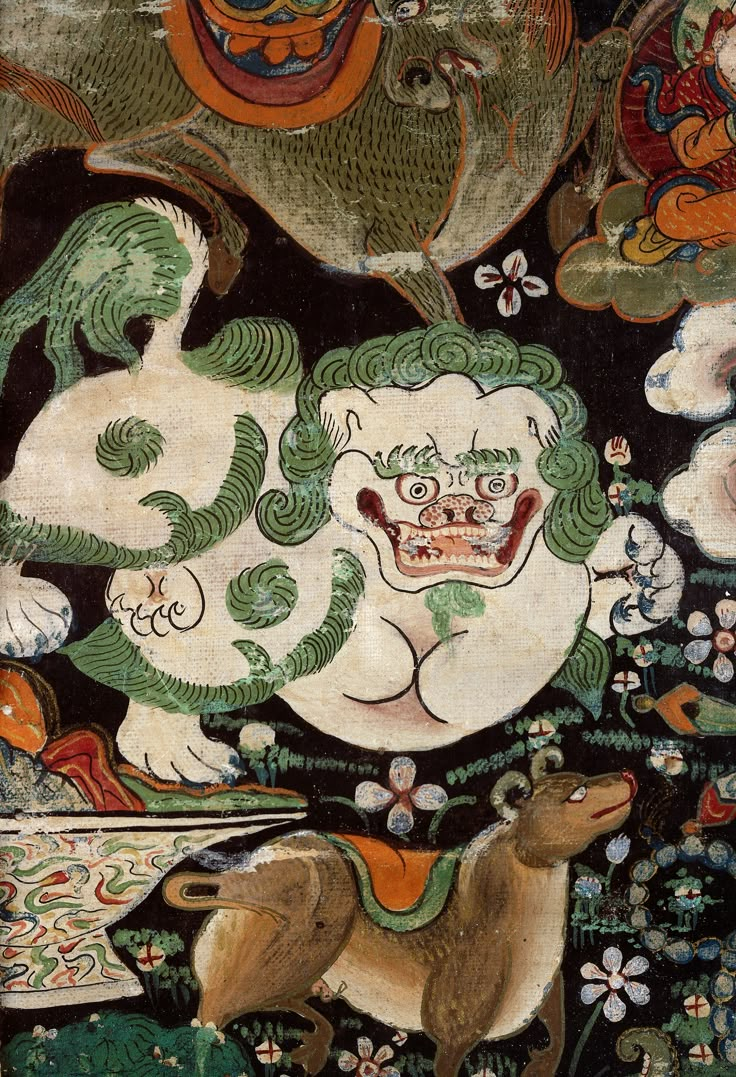SEECHAC
Société Européene pour l’Etude des Civilisations de l’Himalaya et de l’Asie Centrale
European Society for the Study of Central Asian and Himalayan Civilisations
in collaboration with
Bavarian Academy of Sciences and Humanities
Call for papers for an international conference
Animals as Guides and Messengers in the Art and Literature of Central Asian and
Himalayan Societies
24–26 November 2025
SEECHAC is happy to announce that its eighth international conference will be held in
Munich from 24-26 November 2025. We invite contributions that adopt a multidisciplinary
approach to the theme of animals as guides and messengers in the art and literature of Central
Asian and the Himalayas.
Animals feature in the art and literature of Central Asia and the Himalayas at least as
prominently as divine and human beings, and yet they are significantly less represented in
scholarly works. Similar observations have been made about the invisibility of animals in
accounts of historical warfare, in spite of the crucial role they have always played. Animals
as guides and messengers have had a very pragmatic role in human societies, from the
canaries in European coalmines, to carrier pigeons during the World Wars, and the network
of mounted riders that enabled rapid communication across the vast expanses of the Tibetan
and Mongol empires. (It is often forgotten that it was the term for the mounts in this network,
slung rta, that gave its name to the homophonous “wind horse,” rlung rta, of Tibetan
iconography.) As symbolic beings, animals have perhaps an even greater significance
throughout the region in myth, ritual, art, and literature. The world came into existence from
a turtle (rus sbal), while numerous myths attest to the origin of certain divinities from the
eggs of birds; the Buddha himself is believed to have manifested in a range of animal forms
in his previous lives as a bodhisattva; divinatory manuals explain the meaning of animal
behaviour – fish fighting in streams, stags locking antlers, owlets screeching from rooftops,
mice squeaking at dusk – whether observed in real life or seen in dreams – and what these sights portend for anyone who encounters them; the bones of horses and sheep in excavated
tombs, as well as mural paintings and ritual narratives, attest to the role of these animals as
psychopompic guides for the souls of the dead on their way to the afterworld. Other animals,
such as flying squirrels and especially bats, which are reputed to speak the language of both
gods and humans, feature in indigenous Tibetan rituals as intermediaries between our world
and the realm of the gods.
SEECHAC, in collaboration with the Bavarian Academy of Sciences and Humanities in
Munich, invites contributions from the fields of archaeology, art, religious studies,
anthropology, and other domains to explore the many roles that animals have played, and
continue to play, as guides and messengers.
If you would like to present a paper at this conference, please send a title and an abstract of
not more than 500 words to seechac.munich@zos.badw.de by 30 April 2025.
Due to the high number of expected participants and the limited number of time slots for the
presentation of papers, the organisers will have to make a selection based on the abstracts
submitted. All participants will be notified by 1 July 2025 about whether their papers have
been accepted.
The conference fee will be 150 Euros, which will cover conference materials, coffee breaks,
three lunches and two dinners. Details will be sent to the accepted speakers.
The definitive programme will be announced by 1 November 2025.
On behalf of the organising committee:
Prof. Dr. Petra Maurer (Ludwig-Maximilians-University, Munich)
Prof. Charles Ramble (President of SEECHAC)

